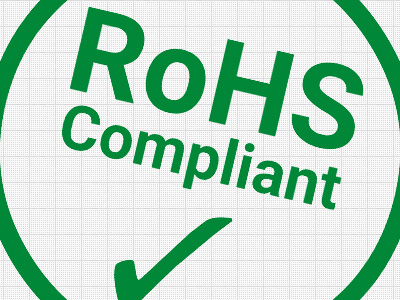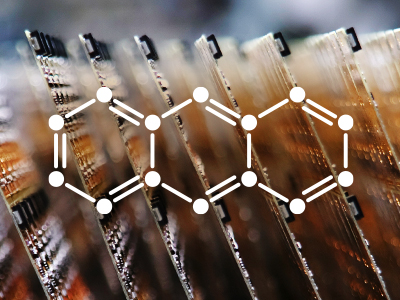What is RoHS?
The Restriction on the use of Hazardous Substances (RoHS) Directive 2002/95/EC was originated in the European Union in 2002 and restricts the use of six hazardous substances found in electrical and electronic equipment. The directive was officially adopted by the EU in February 2003.
Why was RoHS introduced?
Since the early 20th century, various chemicals and materials have been introduced into electronics manufacturing for their useful properties such as the luminescence of radium or the low melting point of 60/40 lead-tin alloy. Unfortunately, many of these materials were later discovered to be hazardous to humans and the environment. RoHS was introduced to improve the welfare of consumers, distributors, manufacturers, and the environment by restricting the use of these materials in the manufacture of electronic equipment.
The goal of RoHS is to reduce the environmental effect and health impact of electronic equipment. The European legislation’s primary purpose is to make electronics manufacturing safer at every stage of an electronic device’s life cycle.
RoHS compliance
The European community established a July 1, 2006 phase-out date for hazardous materials in electronic products. On October 21, 2005, the European Commission decided to exempt the use of cadmium and cadmium compounds in electrical contacts. The reason for this decision is that the use of certain materials and components containing cadmium is considered unavoidable.
RoHS is a product-level compliance based on the European Union’s Directive 2002/95/EC. Products compliant with this directive must not exceed the allowable amounts of the following restricted materials with some limited exemptions.
Restricted Substances
- Lead (Pb)
- Mercury (Hg)
- Cadmium (Cd)
- Hexavalent Chromium (Cr6+)
- PolyBrominated Biphenyls (PBB)
- PolyBrominated Diphenyl Ethers (PBDE)
Directive 2002/95/EC applies to manufacturers, authorized representatives, importers, and distributors of a wide array of products.
Regulated Products
- Large household appliances (refrigerators, etc.)
- Small household appliances (vacuum cleaners, etc.)
- Computing and communications equipment
- Consumer electronics
- Osvětlení
- Power tools
- Toys and sports equipment (videogames, electric trains, etc.)
- Automatic dispensers (vending machines, ATM machines, etc.)
Organizations often prove RoHS compliance with a letter of compliance issued by an employee of the company. There are also third-party testing services available that will test an organization’s products for levels of the restricted materials.
RoHS mandates that EEE products must not contain more than 0.1% weight by weight of homogeneous material of any listed substance. Cadmium is an exception to this rule where the EU prohibits products from containing more than 0.01% of this substance. Homogeneous material means a material that cannot be mechanically disjointed into different materials.
Importance of RoHS
The materials that fall under the RoHS directive are hazardous to the environment, pollute landfills, and are dangerous in terms of occupational exposure during manufacturing and recycling.
RoHS compliance dovetails into WEEE (Waste Electrical and Electronic Equipment) by reducing the amount of hazardous chemicals used in electronic manufacture. Put another way, RoHS regulates the hazardous substances used in electrical and electronic equipment, while WEEE regulates the disposal of this same equipment.
The next article in this series delves further into the evolution of RoHS directives, from RoHS 1 through to present-day directives under RoHS 3.





